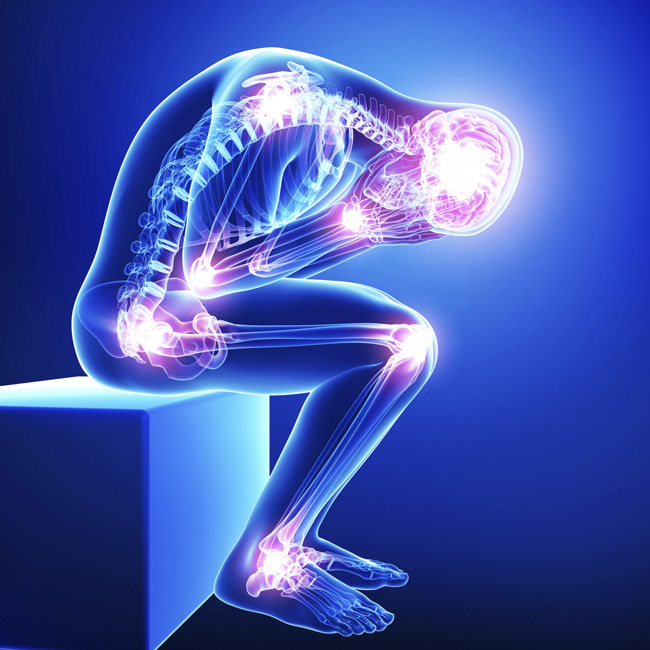Three Factors That Could Be Making Your Pain Worse

By: Kerri Eggleston, PT, DPT, Cert. DN
Physical therapists are often asked questions such as, “I have low back pain. What exercises should I do?” or, “My shoulder hurts. What do you think could be going on with it?” While these are great questions, there is not a one-size-fits-all answer. Therapy needs vary for each patient and their condition based on three common factors that influence pain including: mechanism of injury, genetics, and pain perception. Let’s have a look at each of these three factors in a little more depth.
The first factor that may influence pain is the mechanism of injury, or the specific event that led to the injury. Conditions that cause pain may or may not have a mechanism of injury associated with them and can be chronic or acute. Chronic pain is pain that lasts for more than three to six months, whereas an acute injury has occurred in the last few weeks. For example, lower back pain can stem from arthritis, which is chronic in nature and was most likely not caused by a mechanism of injury. However, an injury such as a partial rotator cuff tear is acute and was most likely caused by an injury.
Genetics is another factor that affects certain pain or injuries because it influences our physical anatomy. How quickly someone will get better and what exercises a therapist prescribes depends on the severity of the pain. For example, you may have a family history of scoliosis or osteoporosis that may make you prone to muscle injuries or compression fractures.
The final factor that may influence pain is a person’s perception of pain, which can be explained in part by individual brain chemistry. This factor is important because everyone has a different expression of pain that can be amplified by pain medications. Our bodies naturally produce pain fighting opioids in response to acute pain, like touching a hot stove or stubbing your toe. However, when you take pain medications for a long period of time, your body no longer produces these opioids because it is relying on the medicine to produce them. This causes your sense of pain to be heightened because the body is not producing its natural pain blocker.
A good example of this is the analogy of a sensitive car alarm from the book Explain Pain by David Butler M.App.Sc. He writes, “Chronic pain usually isn’t about the tissue anymore. Instead, the brain is receiving a faulty message that there is more danger to the tissue than there actually is, and is therefore creating pain. The alarm goes off way before there is any chance of tissue damage. So, dealing with chronic pain is frequently about resetting the alarm system to function normally again.”
The body is a complicated machine; what may help one person may not help another, which is why it is so important to dig deep into the details to truly prescribe what is best for each individual patient. If you need help determining if one of these three factors is influencing your pain, click here to schedule an appointment with a Sheltering Arms therapist. Our physical therapists have studied all aspects of the body including anatomy and how pain is wired in the brain and can develop a customized plan for you to overcome your pain.